
More trails are coming to Southern Australia, this time in the state of Victoria. A total of 60km of singletrack is planned in the new Djuwang Baring trail system, and over half of the area is already open and ready to ride.
Northwest of Melbourne, Australia, lies the sleepy town of Creswick. Initially established by white settlers — brothers who share the town’s name — in the early 1840s, the area quickly became popular in Australia’s gold boom of the 1850s. At the height of Creswick’s mining town days, the city boasted a population of roughly 25,000 residents.
As mining operations slowed down, so did the booming Creswick. Some 150 years after mining put Creswick on the map, the town shrunk to less than 3,200 people.
Now known for its beautiful landscapes and the incredibly blue waters of Blue Water Lake, Creswick has added another reason to visit the quaint town: mountain bike trails.

Djuwang Baring Trails
Mountain bike trails aren’t entirely new to the Creswick area. Roughly 10 years ago, a cycling group advocated for trails, and the Creswick Trails in the Creswick State Forest were born. The Hepburn Shire Council, Creswick’s local government, funded the first trails, and is also funding the construction of the new trail system.
The new trail system, although relatively close to the Creswick State Forest, doesn’t carry the same Creswick name as the older trails. Instead, the new trails are called the Djuwang Baring trails to honor the Dja Dja Wurrung people, the region’s traditional inhabitants.
Alison Breach, the Project Manager for Hepburn Shire Council, told Singletracks how important it was to partner with the Dja Dja Wurrung people on this trail project. Australia, like the USA and many other places around the world, has a dark history with how their indigenous populations were treated.
“It was a really important aspect of this project to recognize that and use it as an opportunity to have something really concrete to work towards together,” Breach told us.
For years, Australia has been involved in reconciliation with its indigenous people. While not every Australian state has the same approach, Breach told us that the Victorian government must follow a cultural heritage management plan during a project such as the Djuwang Baring trail build. This plan focuses on protecting and preserving historical and cultural artifacts, among other things.
But nothing was stopping the Hepburn Shire Council from going beyond the management plan, such as deciding to partner with the Dja Dja Wurrung people on the project. The result of the two groups working together was a bit of head-butting, challenging conversations, further understanding, mutual respect, and friendships.
The Djuwang Baring trails’ signs feature Dja Dja Wurrung’s artwork and the trail names in the people’s language, effectively giving the language back to the land. The first 32km opened a few weeks ago with a Dja Dja Wurrung smoking ceremony, welcoming guests onto the land.
“We try to do [the ceremonies] as more than just a, ‘hey, we put up a sign.’ It’s more of an actual symbolic but meaningful way of saying we’re trying to work better together,” Breach explained.
As for the name, Djuwang Baring means “long track” in the Dja Dja Wurrung language — fitting for the 60km that will eventually be there.

More than just mountain bike trails
With 60km of trails to work with, the Djuwang Baring trails will have a bit of everything. The area is set up for riders of all skill and ability levels, with a mix of green, blue, and black trails.
“There’s some really good blue flow out there […] and you can pick up quite a bit of speed,” Breach said. “There’s some really technical [sections] out there, but the reports I’m getting from riders is that a lot of it’s rollable.”
Planning for the Djuwang Baring trails began in 2018 when the project was boosted forward with some government funding. The idea for the trails was dreamt up a few years before by members of a local mountain biking group, the Voga Cycling Club.
Before planning transitioned to shovels in the ground, the Hepburn Shire Council had to decipher where they could and couldn’t build trails. They navigated around historical and heritage sites, flora and fauna, and water sources. The Council also needed to navigate through four different types of land — parks, state forests, private timberland, and land managed by the Council.
“So I had to get permission from all those folks, and I liken it to getting a basket of kittens to look at the camera at the same time,” Breach joked. She was successful, and in January 2023, trailwork began, with Australian trail building company Dirt Art taking the reigns.
Tires were on the dirt of the first 32km of the new Djuwang Baring trails on August 2, 2024 — five months ahead of schedule. Breach told us they expect the other 28km to be finished by the end of the year.
Breach also informed us that upon completion of the Djuwang Baring trails, 30% of the 60km will be accessible on adaptive bikes. But they didn’t just stop there. The Hepburn Shire Council also built a wheelchair-accessible bathroom with a shower and hoist.
And that is only the beginning of the massive undertaking for the Djuwang Baring trails. The trailhead for the Djuwang Baring trails serves as more of a community gathering space than a place to park cars.
“Hammond Park is our trailhead, and it is a standalone rec reserve in its own right,” Breach told us. With Hammond Park adding the trailhead to its territory, a pumptrack, skill areas, jump lines, and log rides were built at the park. There are also covered shelters, barbeques, and a playground, creating a space where families can spend the entire day.
Breach couldn’t publicly share the entire cost of the Djuwang Baring project, but she did say it wasn’t cheap. “This is the largest, most complicated project the [Hepburn] Shire has ever done,” Breach said. “It’s a learning experience because, as a local government area, Hepburn Shire Council has never done anything close to this.”
Once Dirt Art completes the entire 60km of trails, maintenance will be the responsibility of the Hepburn Shire Council. “We’ve actually created jobs with that specific technical skill to maintain it,” Breach told us. “So we’ve got a program of auditing and maintenance that will be done regularly.”
Creswick and the Hepburn Shire Council hope the new trails will add some more world-class riding to a growing mountain bike tourism industry in small-town Australia.





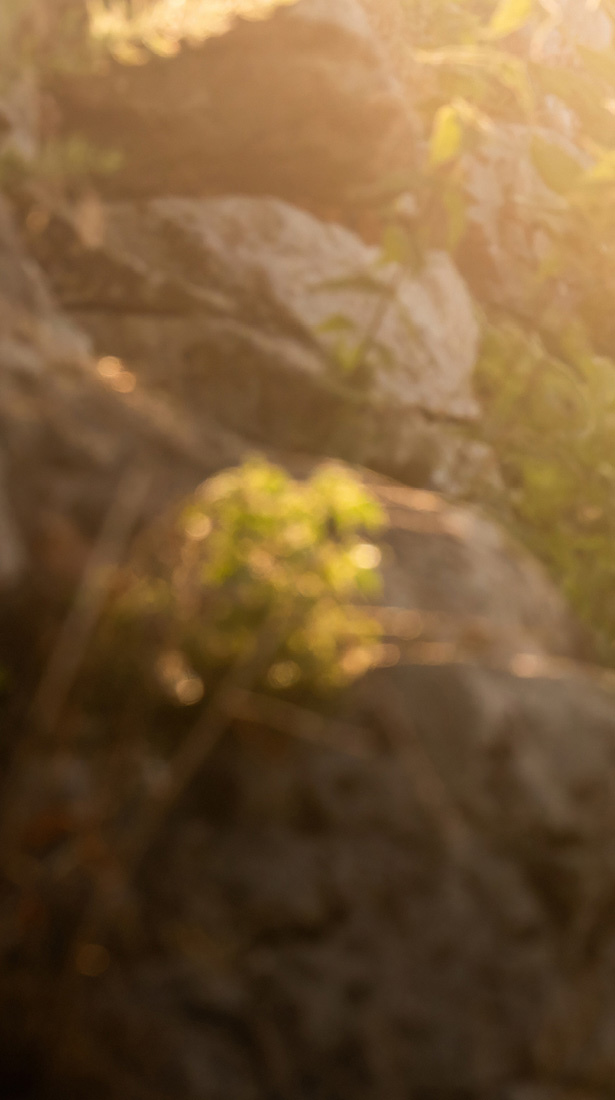
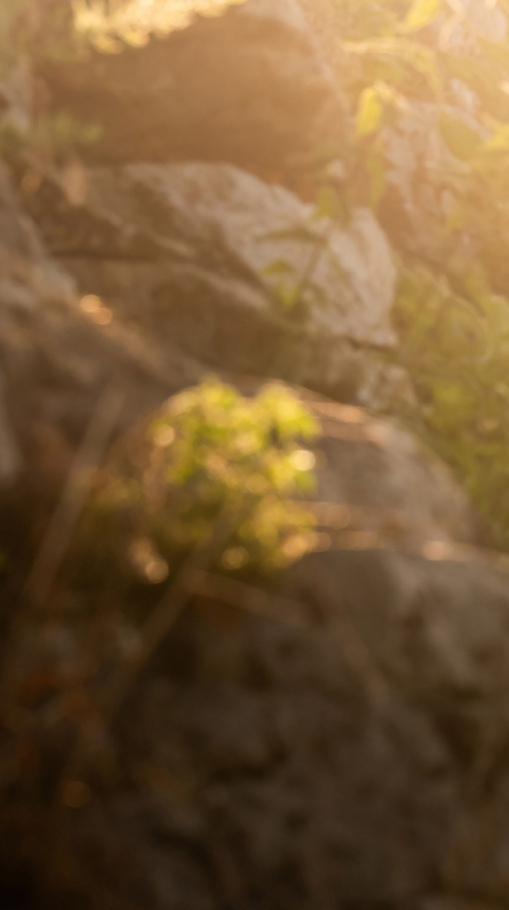
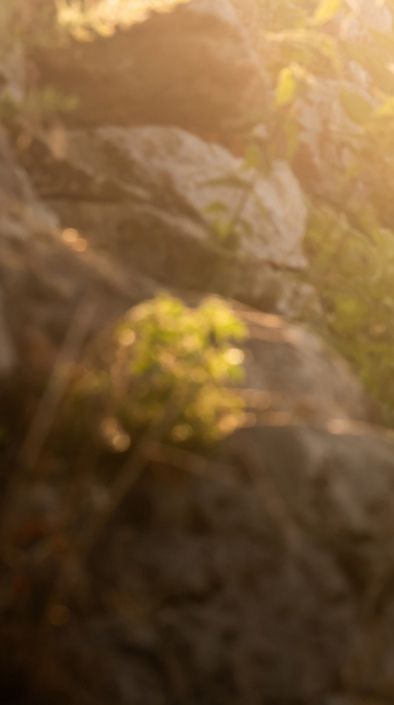
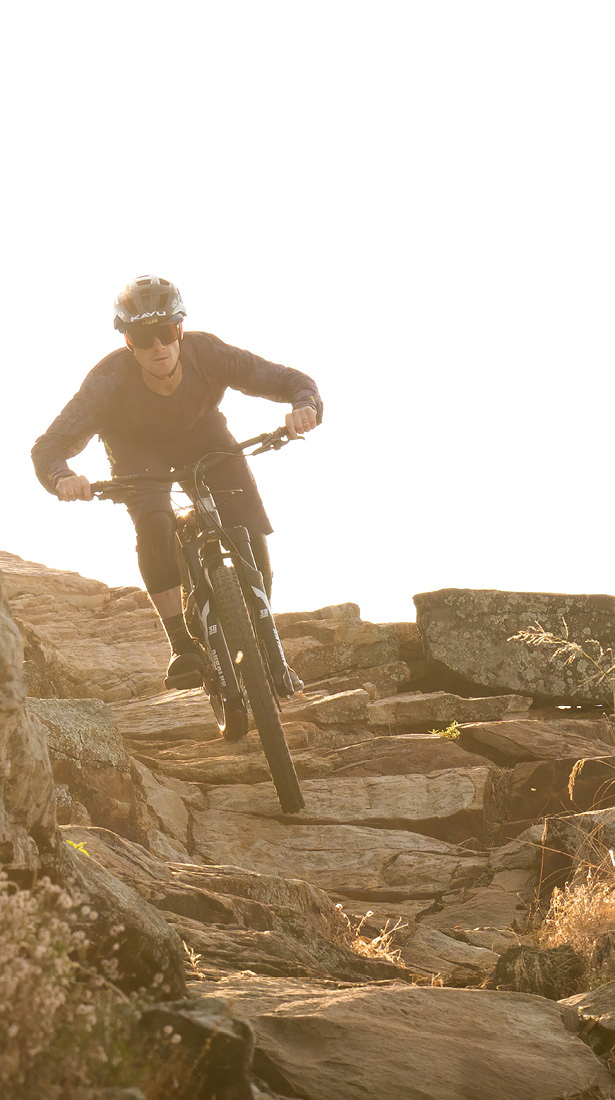

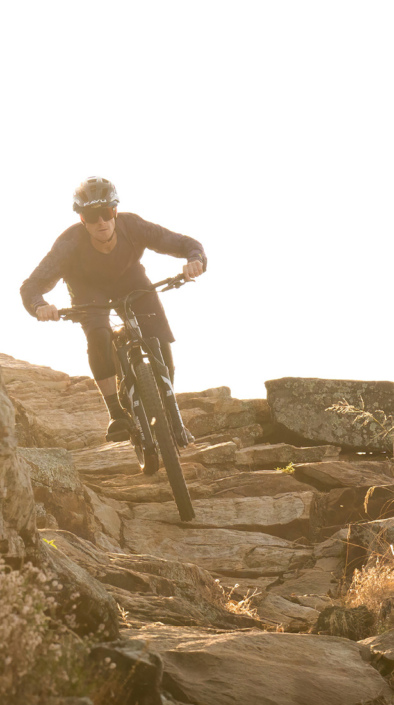

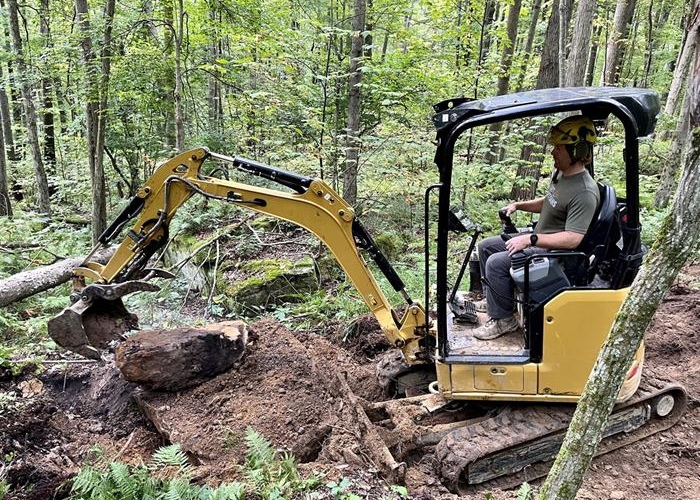




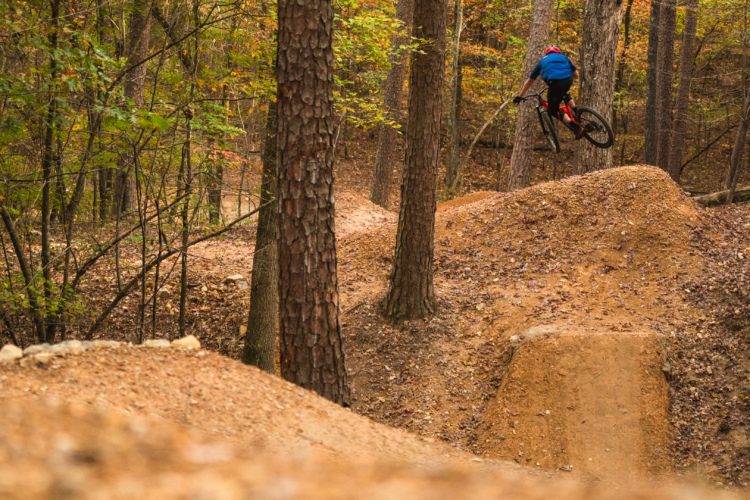
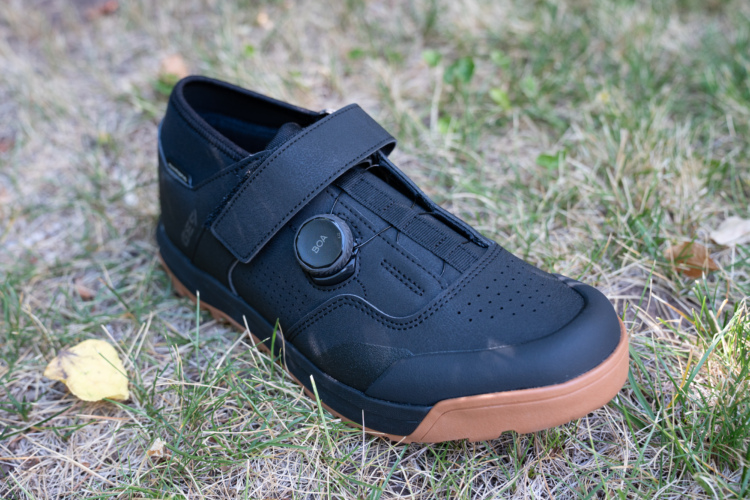
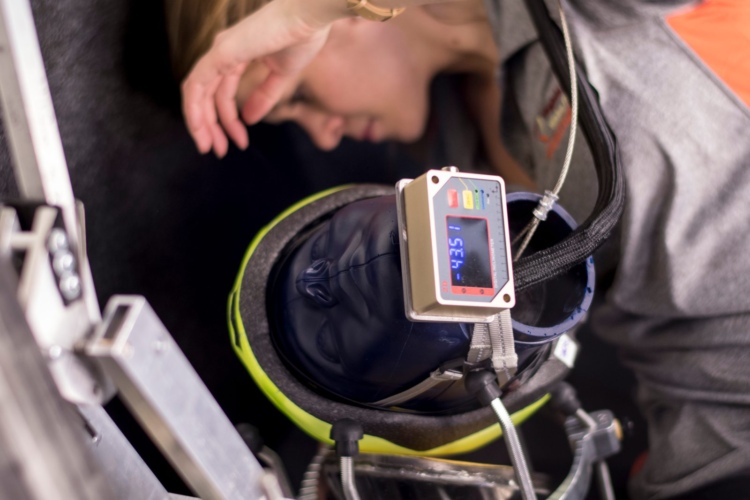

1 Comments
Aug 29, 2024